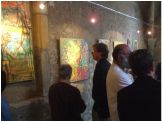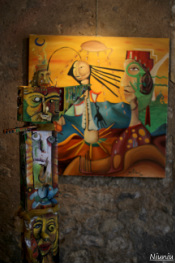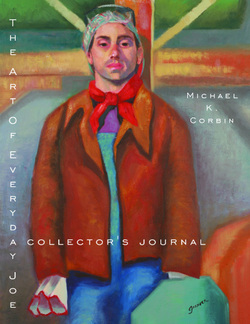
INTERVIEW WITH WORLD-RENOWNED ARTIST: JEFF ROLAND
EXTRACT ..... full interview here
“Hi! My name is Jeff Roland, I’m an international french artist and I paint.”
“Hi, Jeff. It’s nice to finally be able to do this! Can you tell me a little more about your painting technique, how you started painting, what inspired you to start painting, and maybe one of your biggest accomplishments?”
“I started painting as a kid because I wanted to draw comics. I was selected to be on French TV when I was 7 years old. From then I never stopped trying to get better. At the time what I was drawing is equivalent to comics. As a teenager, I was really fascinated by Italian painters and renaissance paintings, and especially Netherland paintings. Jerome Bosch was a huge inspiration, who draws very whimsical creatures and is fantastic. I started painting in oil with crazy characters but in a very classic oil technique. After that, I started to do some performance painting with more experiments on the canvas. Then I started to realize I liked painting on wood and I introduced more and more elements like acrylics and inks. I put some textiles (clothes, glitter…), and then I gradually introduced collaging and now my technique is what could be called purely mixed media to the extremes. I will use absolutely anything that I can find really, but I still prefer to paint on wood. This is what remains from my inspiration from Renaissance painters.
Stepping into Jeff Roland's Universe
|
Jeff Roland is talking
|




